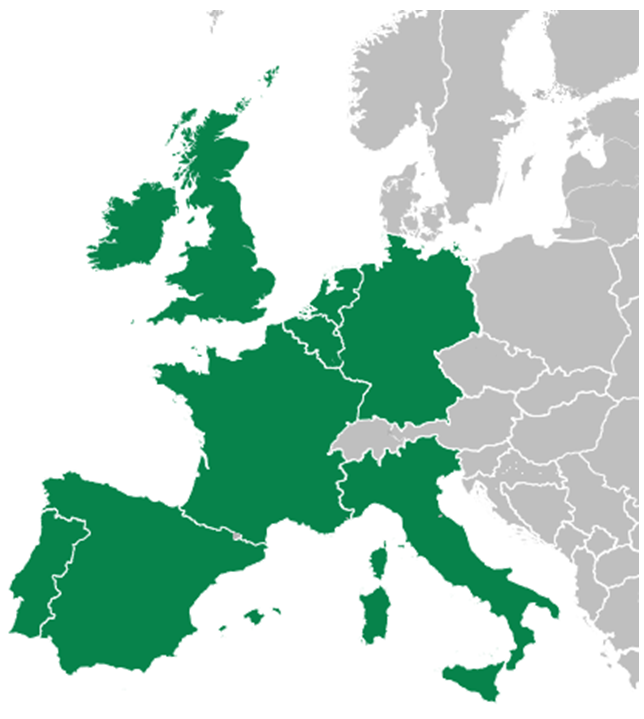European power markets have a flexibility problem. And batteries are currently the only scalable low carbon flexibility solution. But a system requirement for flexibility is not on its own enough to underpin a battery investment case.
“There is an inherent minimum level of price volatility that supports battery returns.”
There is currently a disconnect between the investability of batteries and the scale and pace of new flexibility required. But that may not be the case for much longer.
Policy maker awareness of a looming flexibility problem is gradually increasing. As renewable targets are ramped up to facilitate 2050 net zero emissions goals, flexibility has become a core policy and industry focus.
In today’s article we look at the battery investment landscape across key European markets. We consider how the battery revenue stack varies across markets, how policy tailwinds are swinging behind battery investment and how renewable portfolios are driving momentum.
We also introduce our Q4 2020 briefing pack on European battery investment which can be downloaded via a link at the end of the article.
Looming capacity deficit
European power markets have had a surplus of generation capacity since the sharp decline in demand following the 2008-09 financial crisis. But that surplus is set to disappear and transition to a capacity deficit over the next 3 years.
There is a simple driver of this emerging capacity deficit. The closure of coal and nuclear plants is significantly outpacing the development of renewables on a derated capacity basis.
Across Europe, there is set to be more than 30 GW of net derated capacity reduction between 2020 – 23, more than 60GW by 2030. And those numbers only include regulatory scheduled coal & nuclear plant closures. There may be an additional 20-30GW of older gas plant closures by 2030.
The most immediate challenge European power markets face is ensuring enough flexible capacity to:
- Balance large & rapid swings in intermittency e.g. 100GW+ average intraday swings in solar output by 2030 (this includes providing ancillary services such as frequency response).
- Provide energy in periods of low wind & solar output, as nuclear, coal & gas plants are decommissioned.
Gas-fired capacity will step in to dominate provision of this flexibility as coal and nuclear plants close. But there are not enough gas plants to plug the growing flexibility deficit as the 2020s unfold. And a new wave of gas plant investment is not consistent with net zero 2050 targets.
This is where batteries come in.
European battery investment landscape
Battery investment has moved well beyond the experimental phase. The UK is the most mature market, with over 1GW of installed capacity and a pipeline of several GW behind. Most of Europe’s other major power markets have installed battery capacity in the low hundreds of MWs, but with growing investment pipelines.
In Diagram 1 we show the key markets that are likely to drive battery investment across the next decade.

